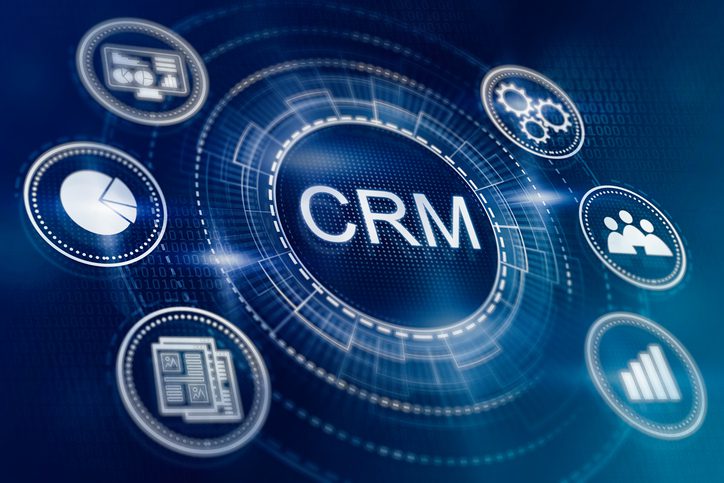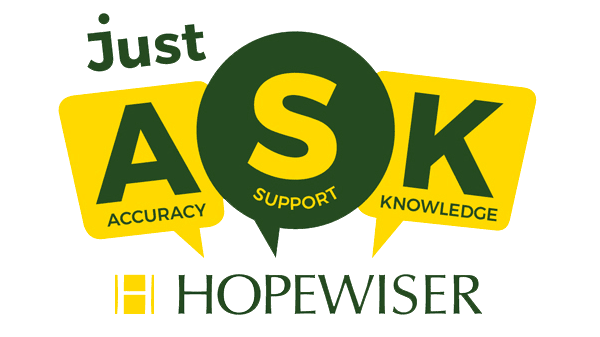Introduction to Data Decay
The word decay refers to when something decomposes, or is beginning to rot. Data decay occurs in business when an the quality of data deteriorates over time. It is information that has become outdated, inaccurate and no longer fit for purpose.
If an organisation fails to identify decay and continues to use the data without checking it, the repercussions can be significant. This blog describes the causes, consequences and cures of data decay.
Data decays naturally, it never remains entirely accurate and requires maintenance at various stages. Frequent checks are needed or else your data can lose accuracy after a year, month or even a week after its capture.
79% of CRM users found that data decay has accelerated after the COVID pandemic. However it has always been a phenomenon businesses must deal with at some point.
If an organisation does not have data checking procedures in place, this can lead to inaccurate reporting, missed opportunities, wasted resources and they’ll be faced with consequences of breaching GDPR which includes significant fines. Studies have also found that 70% of CRM data is inaccurate by the end of each year.
Causes of Data Decay
The first cause of decay comes as a result of the natural change of personal information over time.
For instance, a person’s address might change due to relocation of that individual to a different home and address. People change jobs, phone number or even change their name.
While it is common for people to remeber to update the relevant organisations of theses changes, it is the duty of the organisation to ensure the personal information they store in their database remains as up to date and accurate as possible.
Another cause of data decay occurs in the collection stages of data capture. When data is put into a CRM databse, human error can cause the degradation of information. For example, entering Av. instead of Avenue in an address line, or Steven instead of Stephen. These are basic, but common occurrences during data entry practices.
Duplication is another cause of data decay. Duplicated data occurs when the same piece of information is entered multiple times into a database.
Duplication might occur during data transfer between systems or departments, where another copy of data is made by mistake, or if more than one salesperson enters a customer’s details to their CRM system due to poor communication, it becomes a duplicate.
If a duplicated email address were added to the contact list of an email marketing campaign, they would receive more than one copy of the same email address. This would be classed as spam and lead to disgruntled recipients, affect your reputation and your reporting at the end of the campaign.
Duplicates appear either as a carbon copy, or partial duplicate of another record. A partial duplicate is when an address is entered in similar but different ways such as ‘Warrick Avenue’ and ‘Warwick Avenue’.
However, with Hopewiser’s Deduplication Services you can ensure your database is enriched, optimised and cleansed of duplicate records.
Overall, data decay is caused by a lack of data governance within an organisation. This is when a business operates without clear ownership or responsibility for the management and assurance of data.
The same processes and tools should be used throughout an organisation’s department, to ensure data capture, storage and maintenance remains consistent and accurate, or else data will become unreliable and fragmented.
Consequences of Data Decau
You run the risk of breaching GDPR laws with decaying data because it impacts many of the key principles. For example, having duplicate records breaches the storage limitation law as duplicated data implies there are copies of the same record.
Data decay can be a burden to an organisation’s resources. It costs money and takes up space to store data, so it is fundamental to optimise the data you hold and maintain cost effectiveness.
Bad data costs businesses an average of $15 million annually. This is due to data analysts or CRM managers spending a large amount of time assessing, correcting, cleaning or removing bad data. Time which would be better spent carrying out other business matters.
If a business experiences data decay their reputation will be negatively influenced. For example when sending email campaigns or other targeted content to incorrect email addresses this will harm sender reputation, ROI and lead to unreliable reporting.
Decayed data also harms the relationships your organisation has with customers, for example if you send them irrelevant information that does not relate to them or they have no interest in.
Curing Data Decay
Businesses should form a single source of truth (SSOT) to ensure consistent and quality data.
A SSOT is the process of consolidating information from multiple systems across a business into one, single location so that it can be found at a single reference point.
This saves organisations the struggle of keeping the same data in multiple areas which is hard to manage in terms of consistency and accuracy.
SSOT is a best practice approach to data management which addresses the issues of poor data integration. It can be a simple concept to understand and implement, and one with many benefits. Read more about it in this free guide.
You may wish to reach out to customers personally in order to achieve data accuracy. A friendly reminder about the importance of accurate data is acceptable as it is common for organisations to ask their customers to complete their profile to ensure the information entered about them is as up to date as possible.
It may be an effective strategy to reduce data decay and it also makes customers feel valued and important if they are contacted directly by a business.
How Hopewiser Can Help Your Data
Hopewiser’s solutions and services are backed by the most up-to-date sources of information to provide data validity and accuracy.
Address Validation prevents data decay by providing address accuracy at the point of entry and is designed to enable organisations to validate customer addresses and make empowered business decisions based on your enhanced data.
Data Cleansing prevents data decay by cleaning addresses and highlighting discrepancies such as movers and deceased persons, allowing organisations to correct their data. It is specifically tailored to help customers track changing circumstances that result in data decay.
You can also reach out to us and request a Data Audit where we assess the quality of your data, reducing the risks and costs of inaccurate data to help you support and manage your wider technical or marketing programs.
The Hopewiser assessment service identifies inconsistencies and duplicates by validating against an agreed set of criteria and using the highest quality dataset providers. The output report details data quality metrics and supports you in planning in both cleansing, deduplication and enriching data programs.
If you have any questions, get in touch on our Contact page
, updated 1st May 2025.









